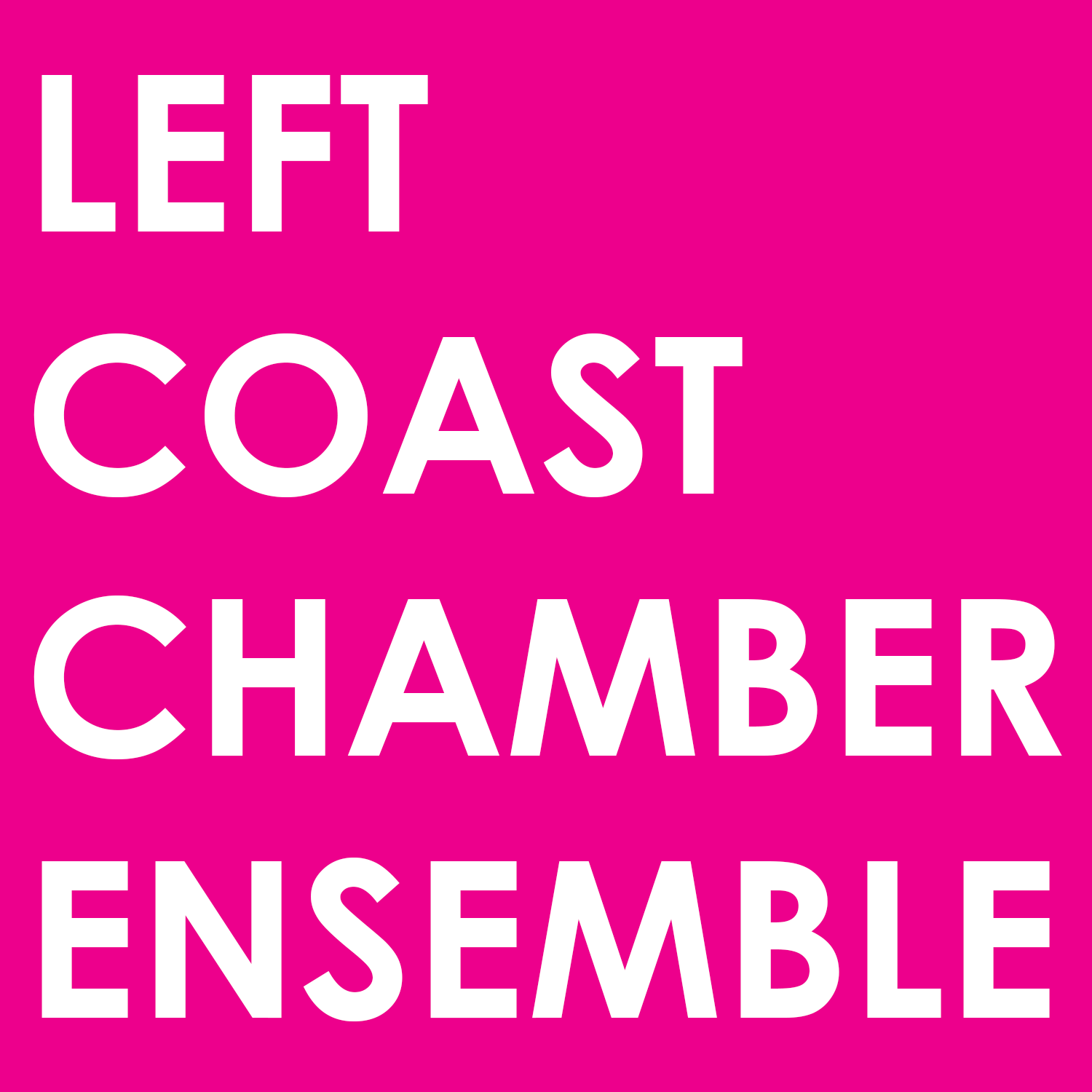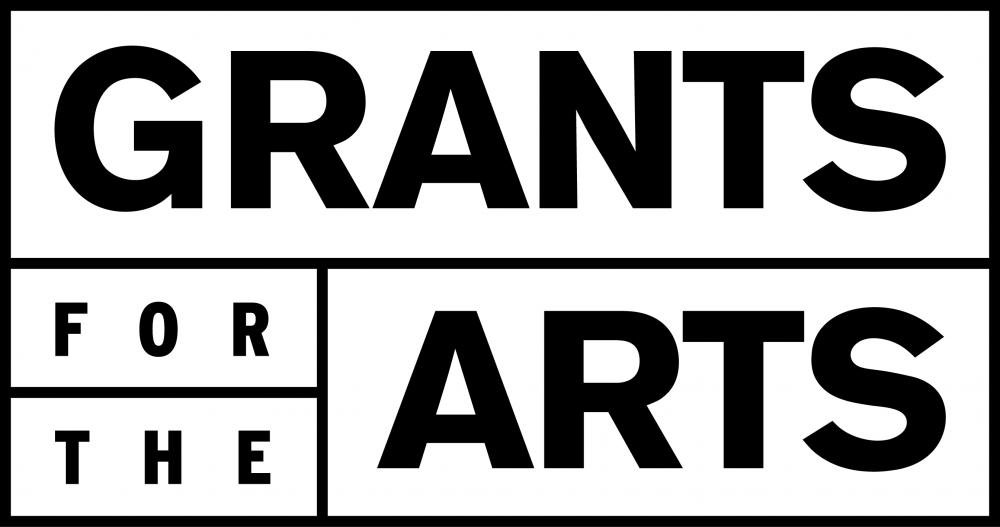Tom and Andrea met in 1985. She was 19; he, 26. Both had been accepted into the National Repertory Orchestra Summer Program in Breckenridge, Colorado, an eight-week, intensive fellowship and summer residency that prepares young musicians for orchestral and chamber music careers. Each year, more than 800 students from leading conservatories and music schools in the United States and Canada apply to the Summer Program; 89 are accepted. Andrea and Tom were appointed co-principal oboe for the orchestra.
At the end of the eight weeks, she returned to the Curtis Institute of Music to complete her final year; he, to the San Francisco Conservatory. Three years later, in 1988, they were married. And four years after that, in 1992, they joined 13 other musicians to form what would become the Left Coast Chamber Ensemble. Kurt Rohde wrote a duet for them that they played on one of the group’s programs during the first or second year. This is the first program since then in which they’re playing together on a Left Coast Program---a special and unique addition to Left Coast’s 20th anniversary celebration.
"When two people live together and share something like playing the same instrument, there’s a built-in empathy, not just sympathy. The other person intimately understands the conflicts inherent with playing with that particular instrument and the process one must go through every day simply to get the job done." – Tom & Andrea
Both play regularly with orchestras: Andrea with the Oakland and Fremont Symphonies, Tom with the Sacramento Philharmonic Orchestra as principal oboe and with the Stockton and Fremont Symphonies. Tom also teaches oboe and chamber music at the University of the Pacific in Stockton, where he’s a member of the Pacific Arts Woodwind Quintet in residence.
Tom and Andrea became oboists seemingly by chance. Andrea wanted to play in the high school band. All the flutes were spoken for, so the band director offered her the oboe. It turned out to be the “right fit.” For her, playing the oboe is one of the “best, most soulful things to do in the orchestra.” She fell in love with the oboe.
Not the oboe, but the piano was Tom’s first instrument. He began playing it when he was six. At first, he enjoyed it. But, by the time he was eleven or twelve, playing the piano had become too lonely a pursuit. He wanted to play music with other people. He approached the director of the school band. Because Tom wore braces, he couldn’t play many of the band instruments, but braces didn’t interfere with playing the oboe. The band director pulled one out of a closet, dusted it off and handed it to Tom, saying, “This sounds kind of good.” At first, Tom was “horrified” by the “god-awful” sounds he made. He kept at it. He was determined to play with other people. Later when he returned to the piano, he discovered it had ceased to be the instrument for him. Like Andrea, he “had fallen in love” with the oboe---its sound and the feeling of the vibrations created when playing the instrument.
The oboe’sbeautiful soulful sound comes at a cost however. The oboe is a double reed instrument. The reed is made of two precisely carved small pieces of cane bound at the base. It is inserted into the oboe and exposed (you can see it at the top of the oboe). The player places the reed between his or her lips and the reed vibrates when the player forces air between the two pieces of cane. (It is thought that this way of producing sound originated in the middle to late Neolithic period and was discovered by observing wind blowing through a split rush.)
Carving the reeds“is really hard. It’s frustrating. And it doesn’t get better. It accounts for 80% of your success with the instrument and a corresponding 80% of the time you spend with the instrument. A reed may behave differently every time you play. Reeds are not reliable. A reed may change not only the way the oboe sounds, but the way in which the oboe responds to a player’s articulation and delicacy of sound-production around the reed.”
The reed’s function is similar to that of the human vocal cords. That’s what gives the oboe its unique and personal expression of sound. And, for many players and listeners, that’s what makes its sound seem so magical---as magical as the sound produced when a singer opens his or her mouth and music pours out.
The three pieces featuring Left Coast’s married pair of oboists weave a network of intimacy, friendship, confessions of love and song. The Brahms Intermezzo, Opus 118, No. 2 in A major for piano was transcribed for oboe, English horn and piano by Jenny Sperry, a friend of Andrea’s. She transcribed the Brahms for a friend’s nuptials. Jenny and her husband are oboists.
Clara Schumann’s Three Romances, Opus 22, is one of her last and most successful compositions. She dedicated it “in deepest friendship to Joseph Joachim,” one of the most important violinists of the 19th century.
Joachim was a major supporter of Brahms, as were Robert and Clara Schumann. Joachim performed frequently with Clara Schumann and with Brahms, in private and in public. Many composers wrote for Joachim, but the most unusual and personal composition is the F-A-E Sonata, based upon the initials of Joachim’s personal motto, “frei aber einsam” (free but alone”). The sonata is a collaboration written by Robert Schumann, Brahms and Schumann’s pupil, Albert Dietrich.
Olli Kortekangas’ composition, Aveux, Hommages à Schumann for Oboe and String Quartet is based on Aveu one of a collection (Carnaval) of twenty-one short pieces written by Robert Schumann for solo piano. The pieces represent masked revelers, either Schumann himself, his friends and colleagues or characters from Italian comedy (commedia dell’arte). Aveu depicts a confession of love.
Kortekangas began as a choral singer and has written many successful pieces for singers, among them six operas and numerous a cappella choral works. Andrea heard one of his pieces for chorus. She met him. She listened to Aveux on his website. She liked what she heard. She liked him. And she chose to play Aveux because Kortekangas “makes the oboe sing, something it does best.”
Author: By Marilyn Zivian, Member, LCCE Board of Directors. Based on an interview with Tom Nugent and Andrea Plesnarski in February 2013.









